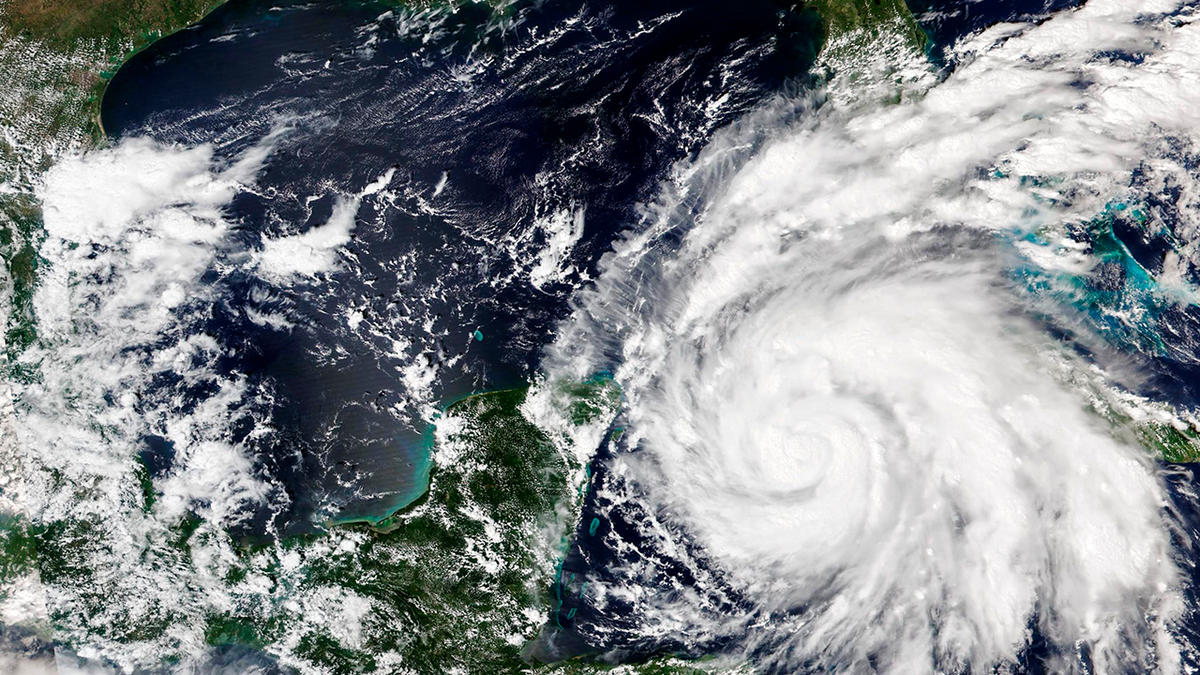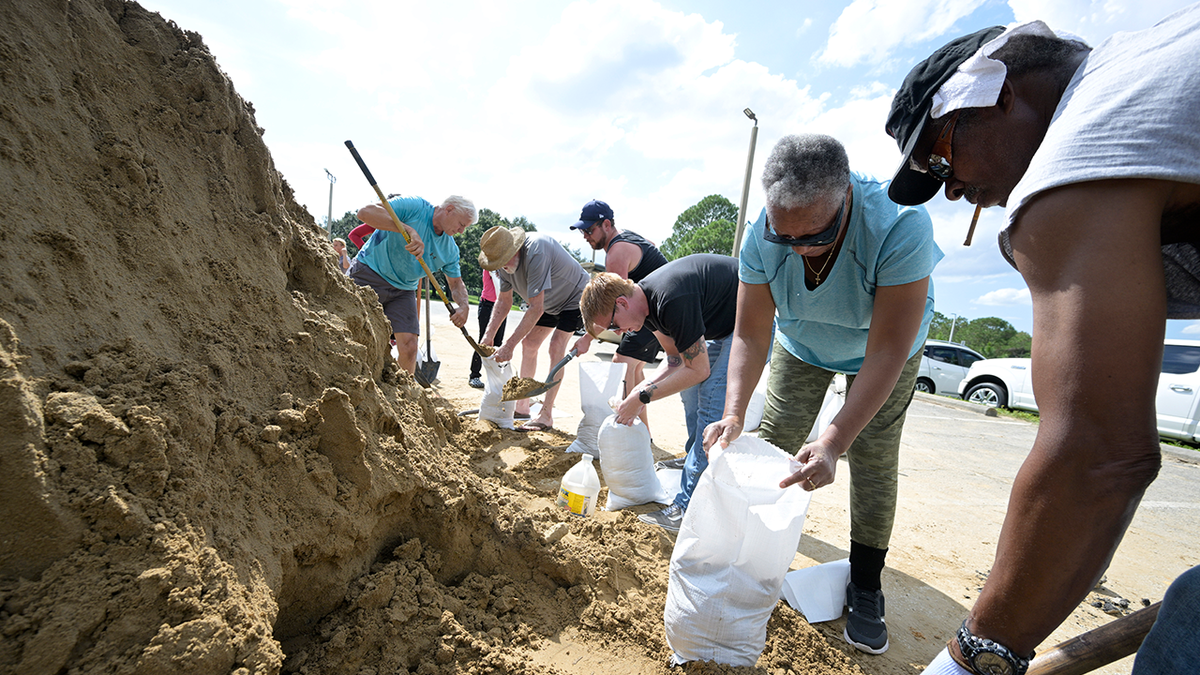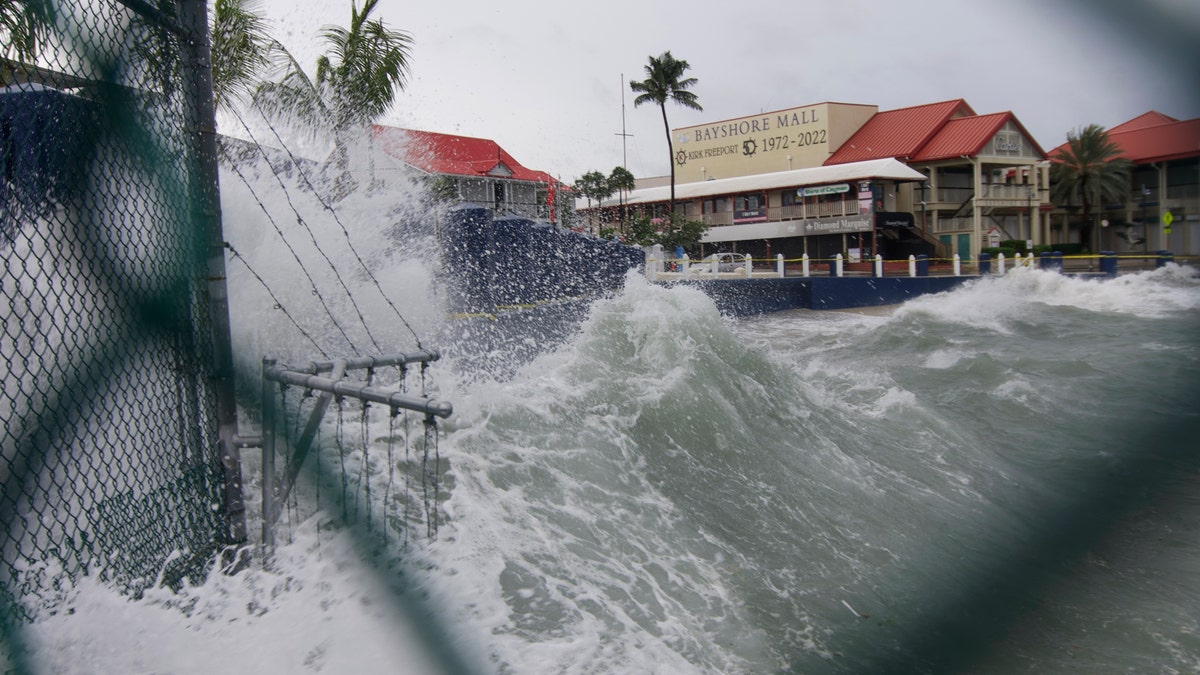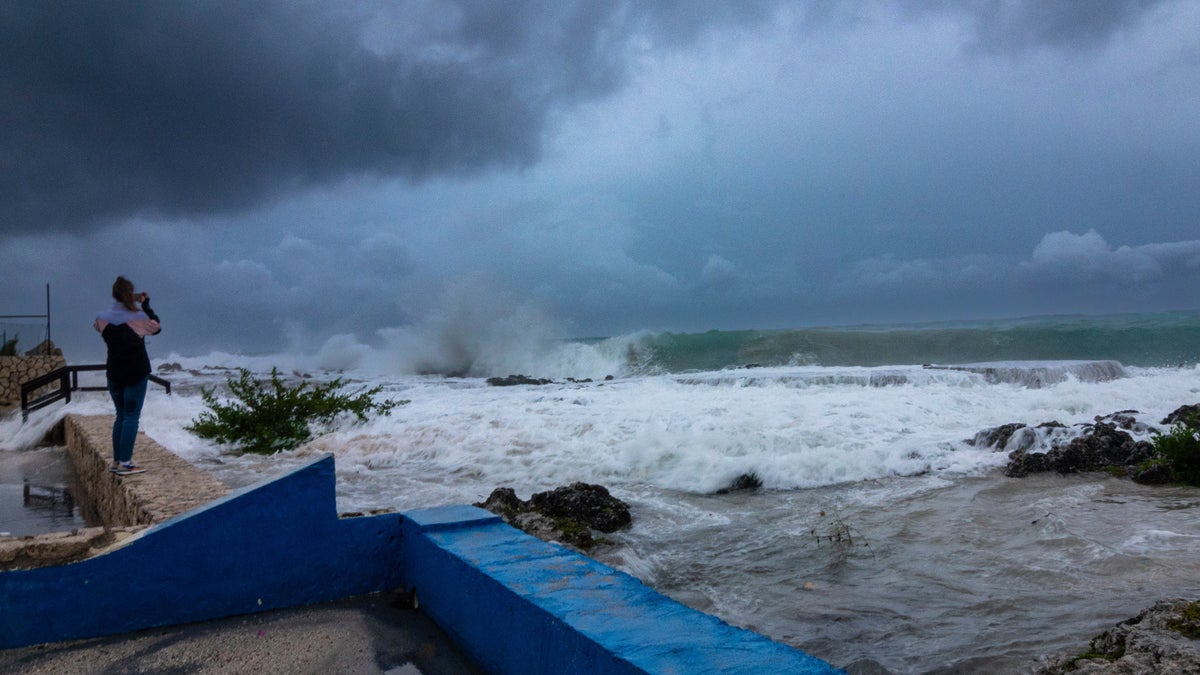Fox News Flash top headlines for September 26
Fox News Flash top headlines are here. Check out what's clicking on Foxnews.com.
Hurricane Ian strengthened to maximum sustained winds of 125 mph as the storm slammed Cuba's western tip, where authorities evacuated 50,000 people.
The National Hurricane Center said in an advisory early Tuesday the storm had strengthened to a Category 3 hurricane that was moving over western Cuba.
The Cuban government said Ian made landfall in the village of La Coloma early Tuesday morning.
A life-threatening storm surge, hurricane-force winds and flash floods are expected in parts of western Cuba on Tuesday, according to the National Hurricane Center.
HURRICANE IAN NEARS FLORIDA: STORM SAFETY TIPS AND HOW TO PREPARE

Hurricane Ian was growing stronger as it approached the western tip of Cuba on a track to hit the west coast of Florida as a major hurricane as early as Wednesday.
"The center of Ian is expected to move near or over western Cuba overnight and early Tuesday," the NHC said. "Ian will then emerge over the southeastern Gulf of Mexico on Tuesday, pass west of the Florida Keys late Tuesday, and approach the west coast of Florida on Wednesday into Thursday."
Cuba's western tip was lashed by the storm's rain and winds. Officials in the country's Pinar del Rio province set up 55 shelters, brought in emergency personnel and made efforts to protect crops as the region prepared for Ian's landfall.
Ian was moving north at 12 mph and was about 5 miles south of Pinar del Rio as of 5 a.m. Tuesday. Power outages have been reported in several areas in Cuba due to the hurricane.

Shoppers at the Costco store in Altamonte Springs, Fla. grab bottles of water from the last pallet in stock on Monday, Sept. 26, 2022, as Central Floridians prepare for the impact of Hurricane Ian.
After reaching Cuba, the hurricane was forecast to continue to strengthen over the Gulf of Mexico before heading for Florida as early as Wednesday as a Category 4 storm with maximum winds of 140 mph.
The storm will not remain over Cuba but will slow down over the Gulf of Mexico, as it becomes wider and stronger.

Florida residents fill free sand bags at an Orange County park in preparation for the arrival of Hurricane Ian, Monday, Sept. 26, 2022.
Florida Republican Gov. Ron DeSantis declared a statewide emergency and warned that the hurricane could hit large areas of the Sunshine State. He said it could knock out power and interrupt fuel supplies as it heads northward off Florida's Gulf Coast.

Waves crash against a seawall as Hurricane Ian passes through George Town, Grand Cayman island, Monday, Sept. 26, 2022.
TROPICAL STORM AND HURRICANE SAFETY CONSIDERATIONS EVERYONE SHOULD KNOW
"You have a significant storm that may end up being a Category 4 hurricane," DeSantis said at a news conference. "That's going to cause a huge amount of storm surge. You’re going to have flood events. You’re going to have a lot of different impacts."
DeSantis said 5,000 Florida state national guard troops have been mobilized, and another 2,000 are on standby in neighboring states. Five urban search and rescue teams have been activated as well.

A woman takes photos while waves crash against a seawall as Hurricane Ian passes through George Town, Grand Cayman island, Monday, Sept. 26, 2022. Hurricane Ian is on a track to hit the west coast of Florida as a major hurricane as early as Wednesday.
CLICK HERE TO GET THE FOX NEWS APP
President Joe Biden also declared an emergency and authorized the Department of Homeland Security and the Federal Emergency Management Agency to coordinate disaster relief and help protect lives and property.
The Associated Press contributed to this report.

